10 BIGGEST port cities in Russia
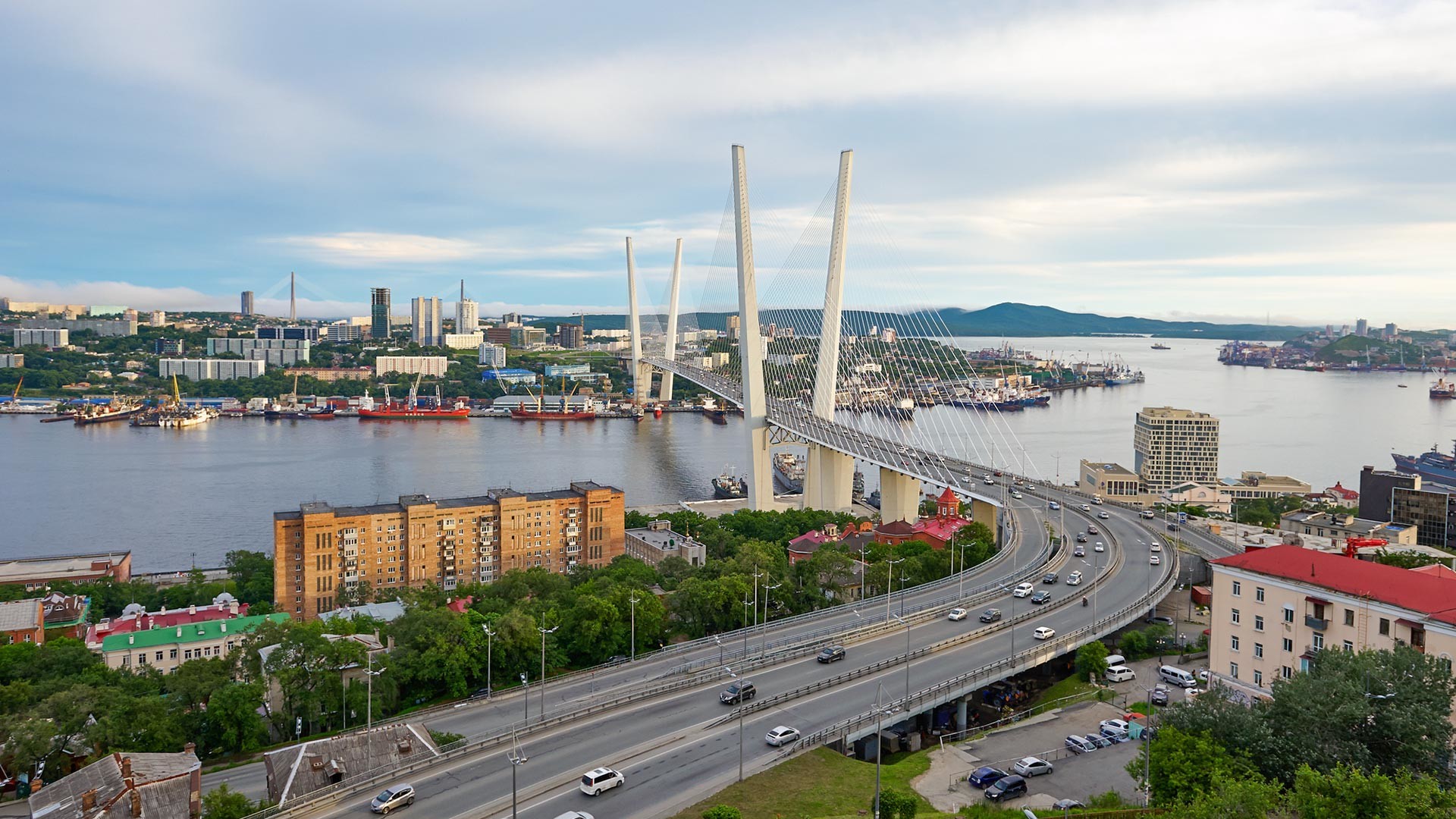
1. Novorossiysk
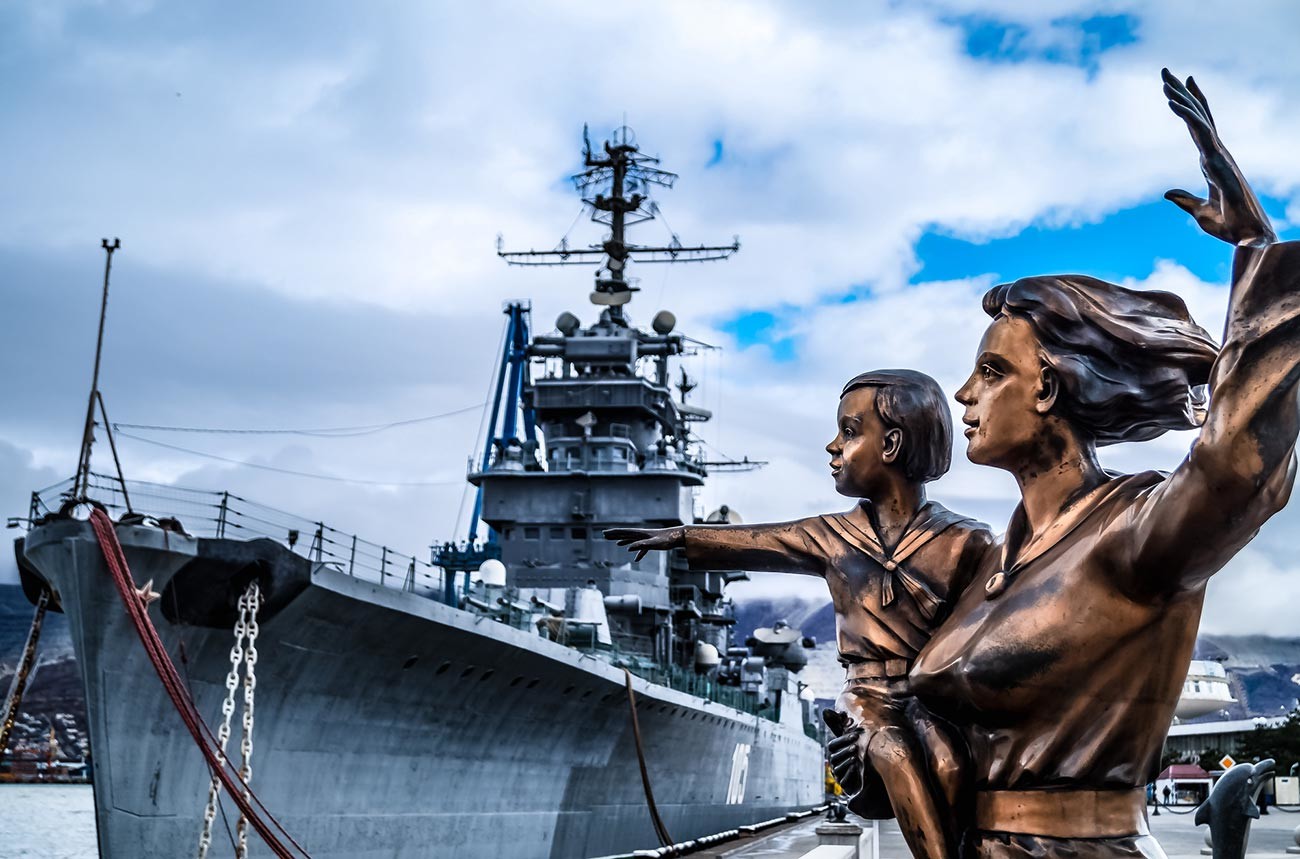
Novorossiysk is located in the ice-free Tsemes Bay of the Black Sea. For several centuries, the city belonged to the Ottoman Empire, but under a peace treaty following the Russian-Turkish wars in 1829 it passed to Russia. It is the largest port in Russia, with a turnover of more than 140 million tons of cargo a year. It also houses a Russian Navy base.
2. St. Petersburg
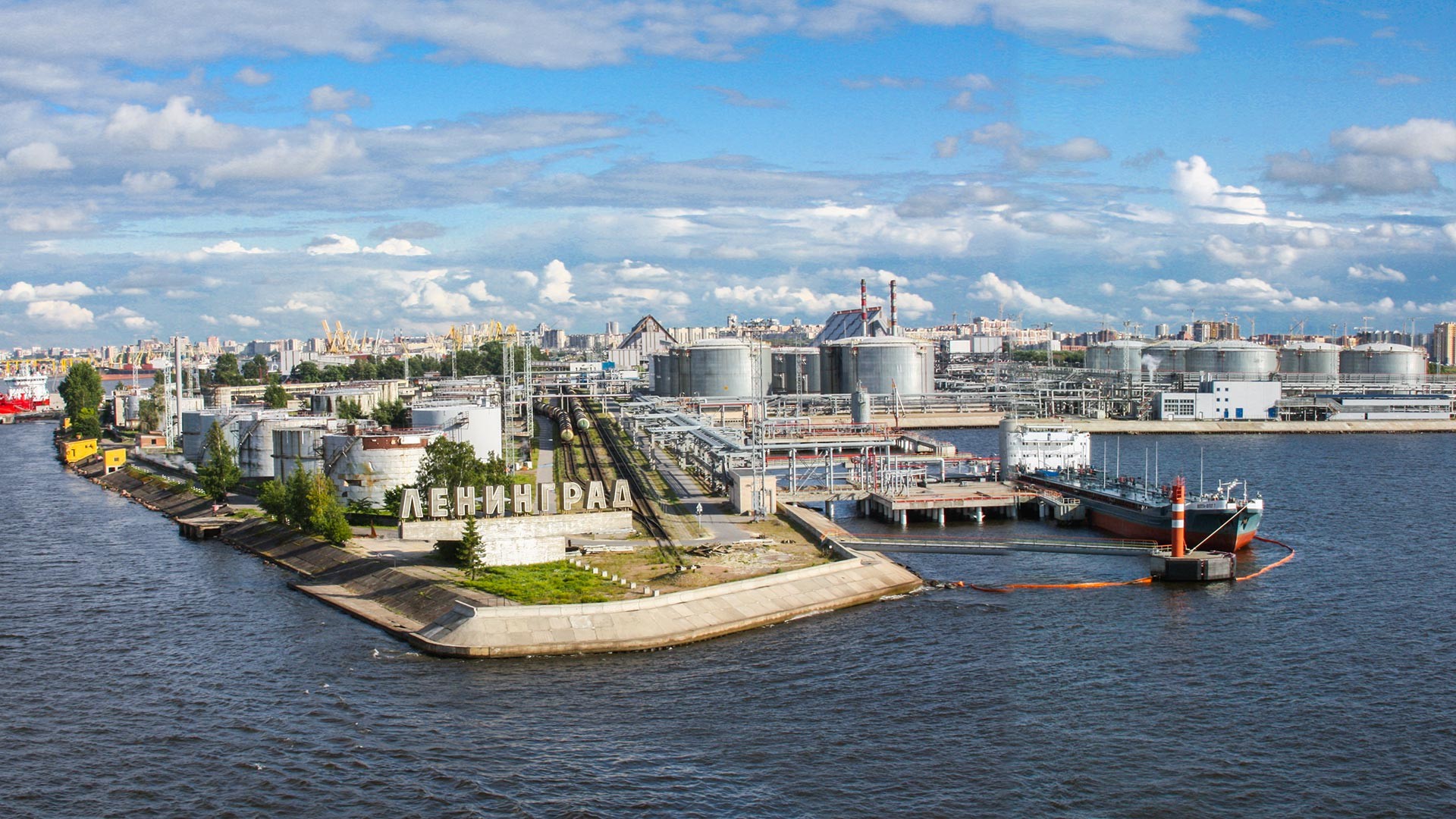
The first port appeared here in 1703, the year the city was founded. However, the Gulf of Finland has a narrow and winding coast near St. Petersburg and, over time, this became a problem for large merchant ships. To address the problem, a canal was built in the second half of the 19th century, which made it possible to open a new port. The Big Port of St. Petersburg stretches over 31 km along the coastline and has about 200 berths.
3. Vladivostok
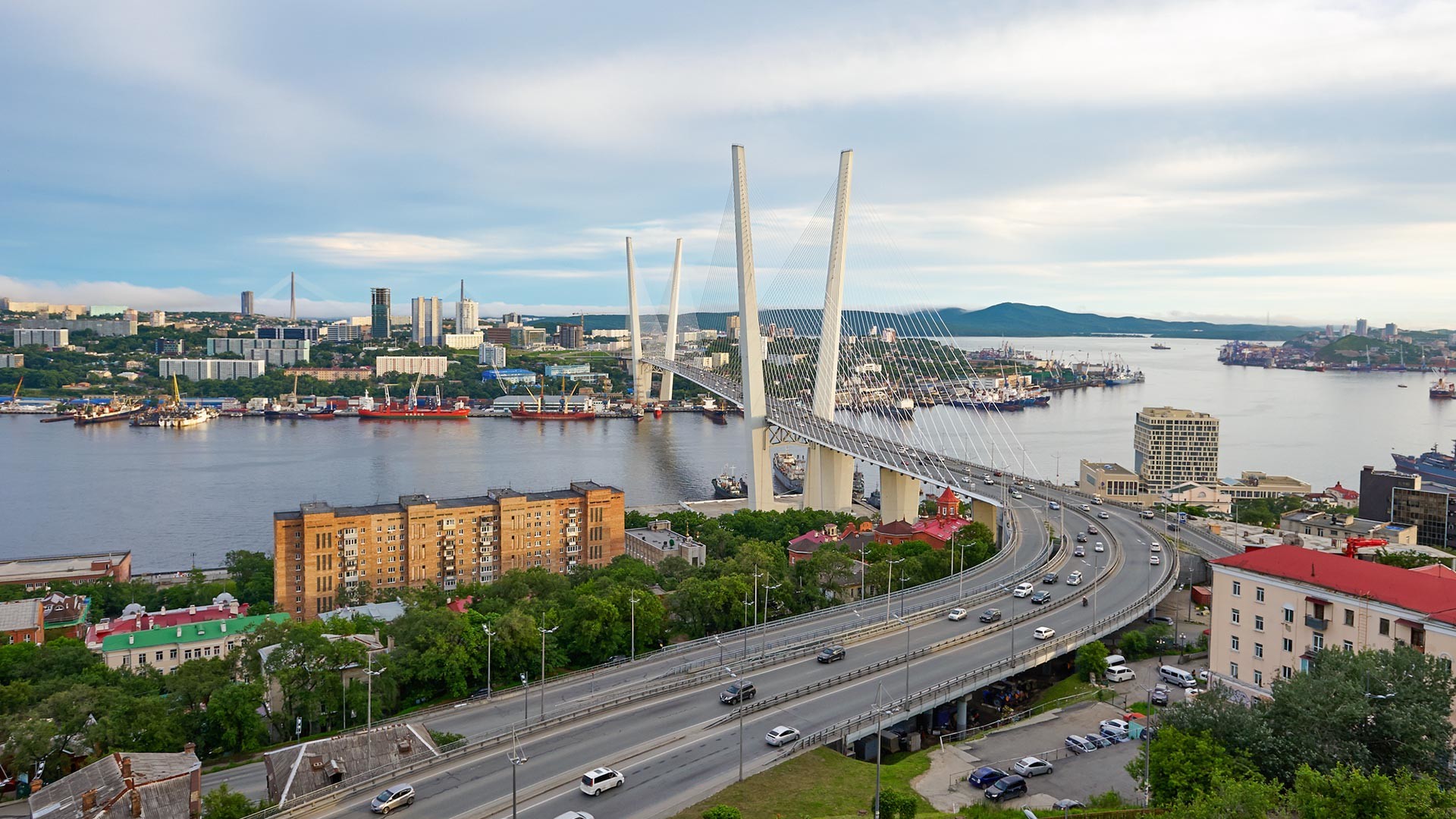
Vladivostok is one of the largest ports in Russia’s Far East and houses the main base of the country’s Pacific Fleet. The city was founded in 1860 as a military port and its name is derived from the phrase “to rule the East” (“владеть Востоком”). In the late 19th century, when the city became the final destination point on the Trans-Siberian Railway, people from all over the Russian Empire began to move here en masse. In Soviet times, the city was a modest restricted-access port, outside the focus of attention for the authorities in Moscow. However, in the 1990s, its restricted-access status was lifted, foreigners were allowed to visit and after the APEC summit in 2012, the city was completely transformed. Now it is also a free trade zone.
4. Nakhodka
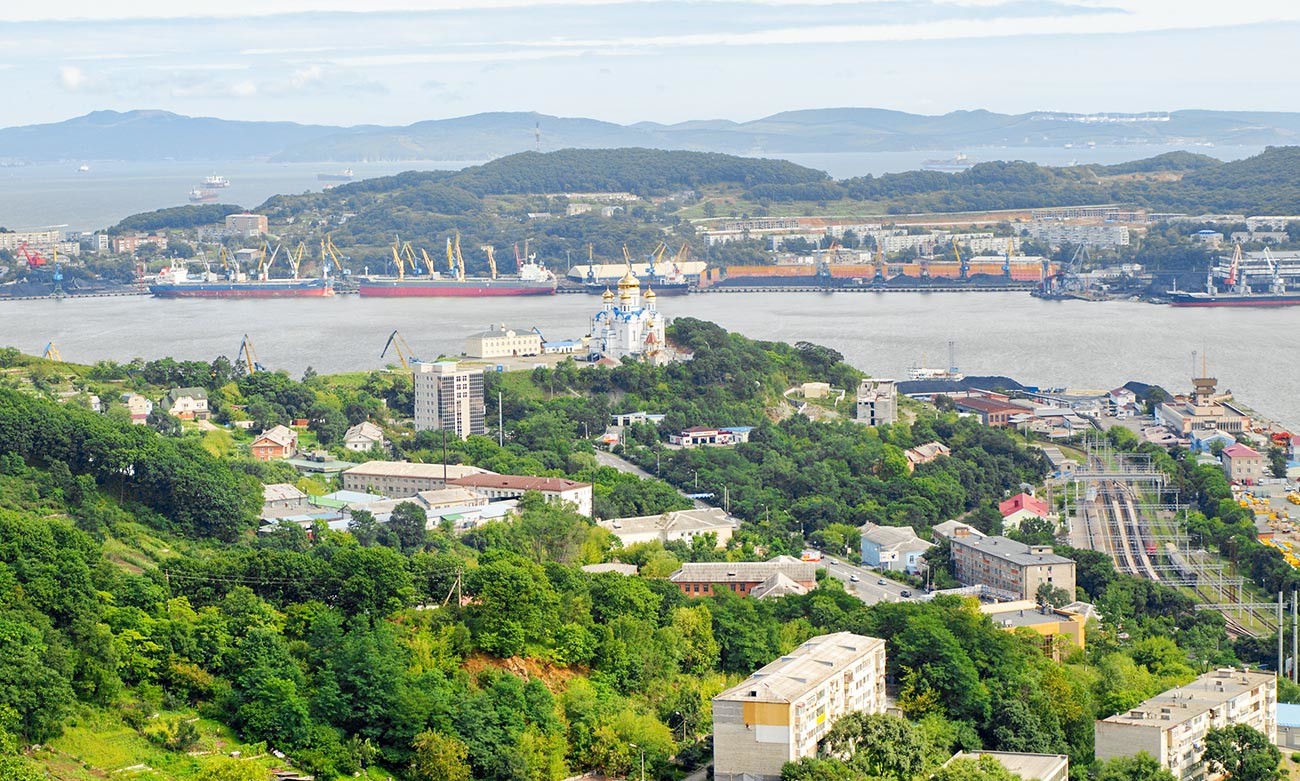
“What a find!” exclaimed a sailor aboard the corvette ‘America’, as it approached an unknown bay in the summer of 1859, or so the legend has it. In any event, this is what this new point on the map was called: Nakhodka, which means “a find” in Russian. At first, there was just a village there, but in the 1930s and 1940s, a port was built using the labor of Gulag prisoners and a city followed soon after. These days, it is the third largest city in Russia’s Primorsky Territory after Vladivostok and Ussuriysk.
5. Petropavlovsk-Kamchatsky
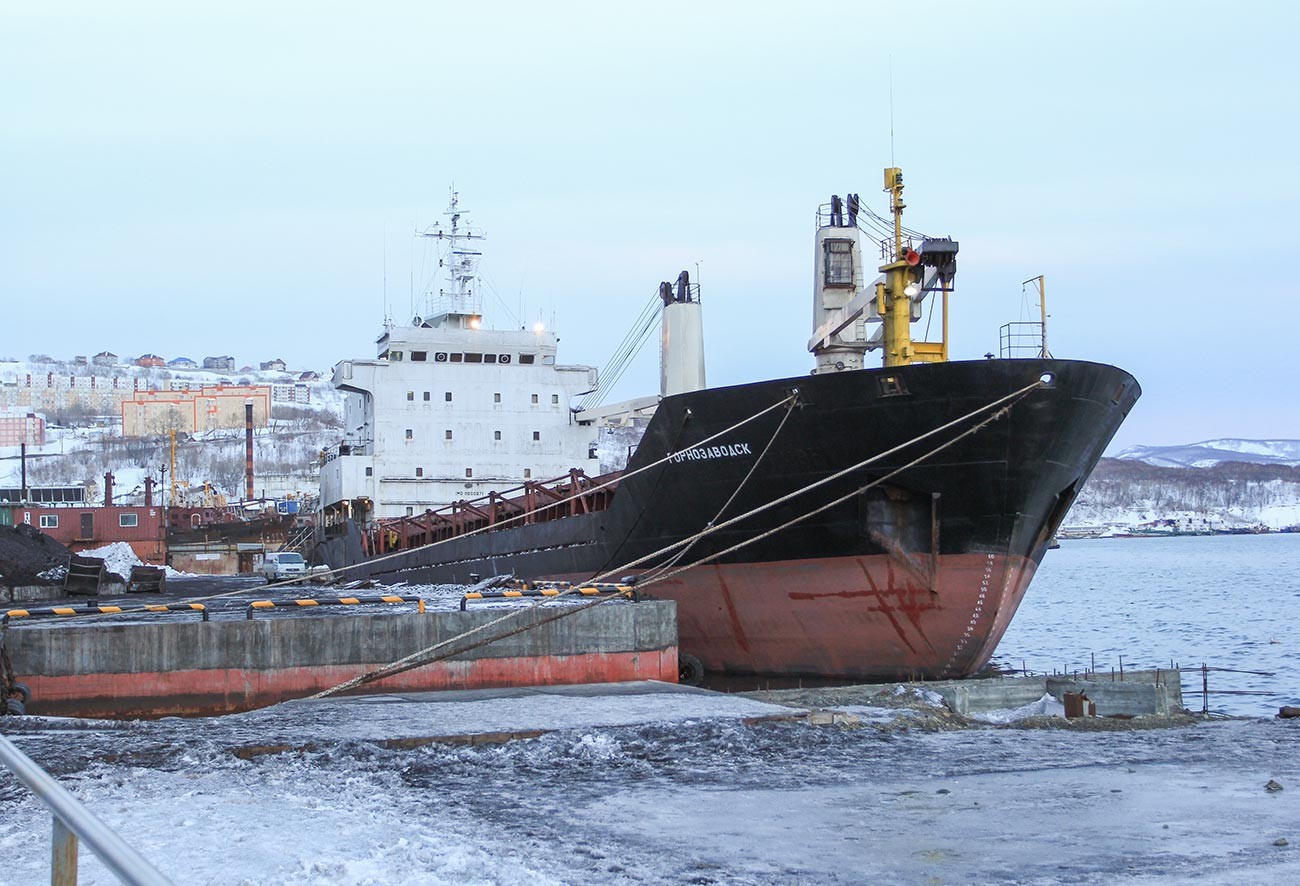
A settlement was founded in Petropavlovsk back in the late 17th century, when explorers first reached these distant lands. In the 19th century, a port began to be built here, taking advantage of the ice-free Avacha Bay. During World War II, a large new port was built, which was expanded throughout the 20th century and continues to actively develop still, because the port of Petropavlovsk-Kamchatsky is an important point on the Northern Sea Route, which offers the shortest route from the European part of Russia to the Far East.
6. Murmansk
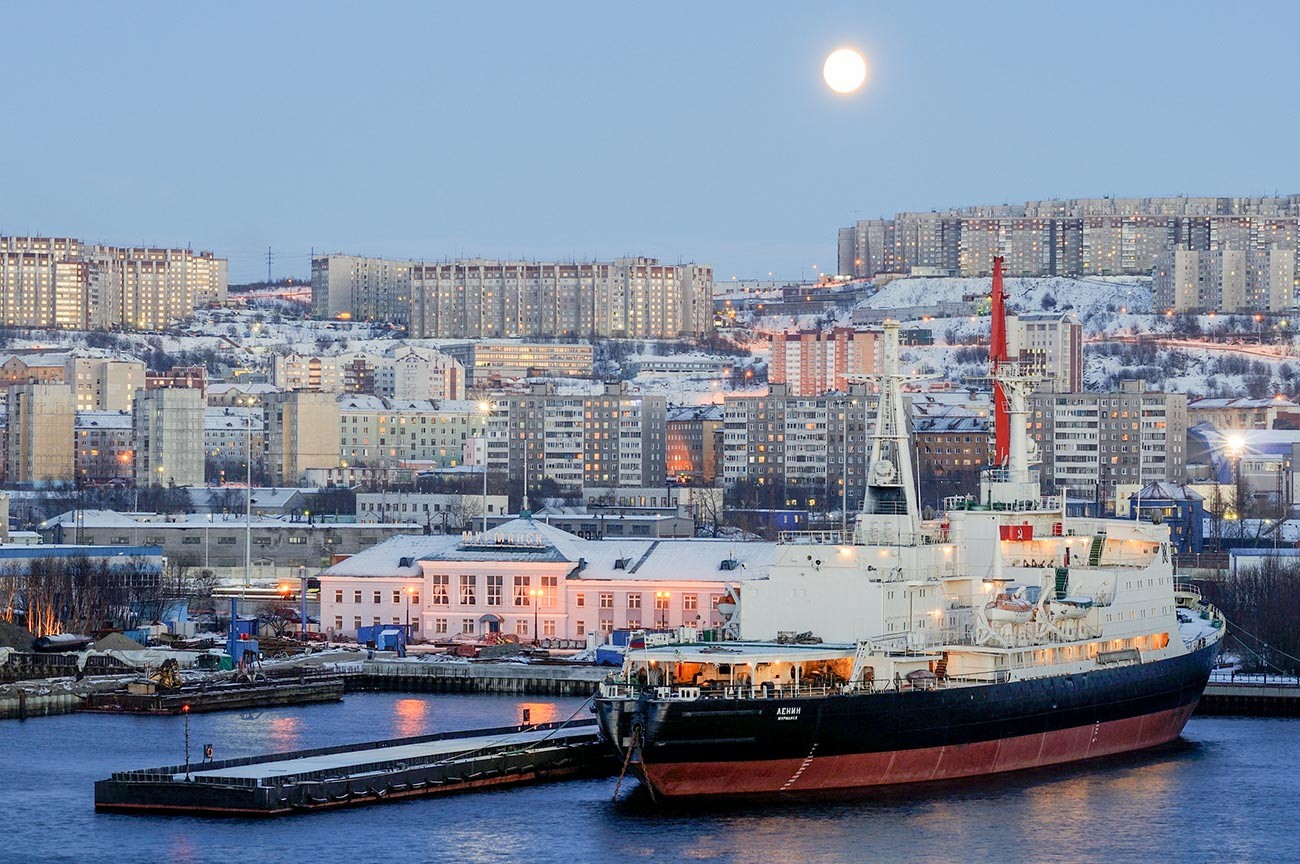
The world’s largest city beyond the Arctic Circle is home to an important northern ice-free port. It was built in 1915 during World War I, after which a city was founded here, too. In Soviet times, Murmansk was actively developed as a supply and repair base for the Northern Fleet. During World War II, the city was badly damaged by air raids, but the Nazi army was unable to capture it by land. These days, the Murmansk port retains its significance as a base for the development of the Arctic and an outpost of the Russian nuclear fleet.
7. Sochi
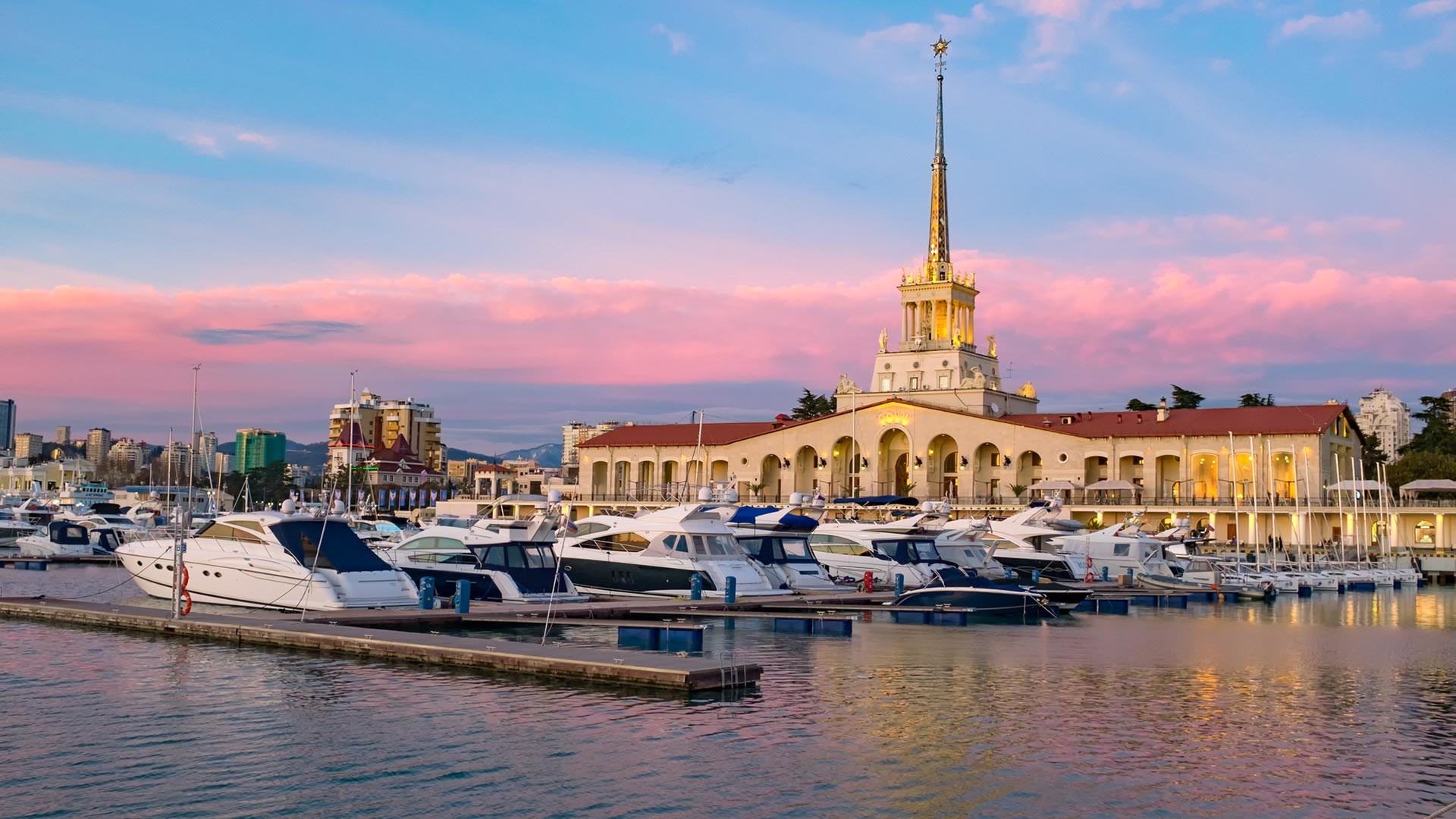
The Sochi seaport terminal, built in the Stalinist Empire style in 1955, is one of the city’s hallmarks. The Sochi port primarily caters for passenger traffic, rather than commercial and industrial activities. Furthermore, oil tankers are prohibited from entering the port of Sochi, unlike large cruise liners, which stop there on a regular basis. The history of Russian presence on this coast dates back to the first half of the 19th century, when the first fort was built and, since 1909, Sochi has become Russia’s main resort on the Caucasus coast of the Black Sea.
8. Kaliningrad
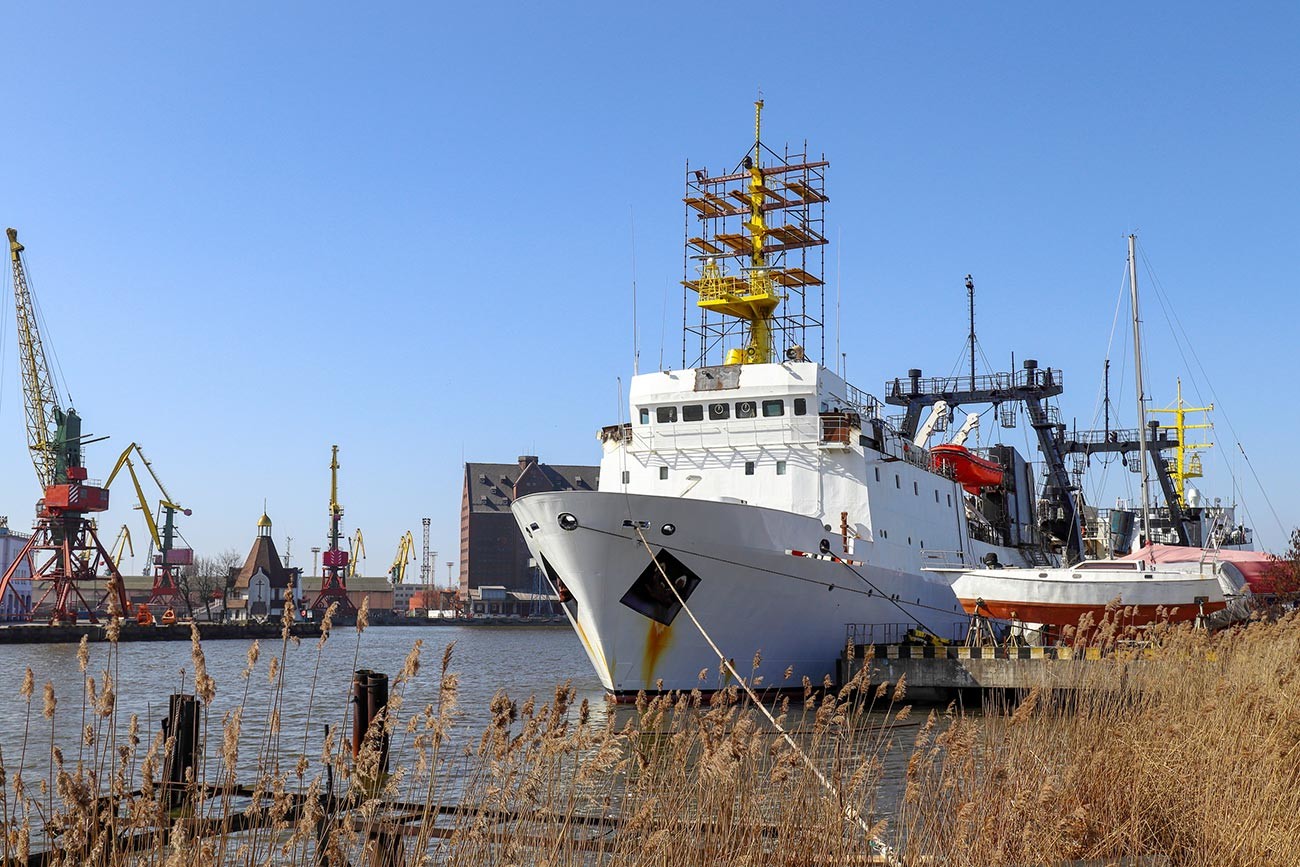
Until 1945, the city was called Königsberg and was the capital of East Prussia. The first commercial port was founded here back in the 14th century. After World War II, the northern part of this province and the city itself were transferred to the USSR. The port was badly damaged during the war, so the Soviet government built a new port and renamed the city Kaliningrad, which became Russia’s westernmost port and the only ice-free port on the Russian coast of the Baltic Sea. The port of Kaliningrad primarily caters for commercial cargo and fishing vessels. Interestingly, it became a fishing industry hub only after the region became part of the USSR.
9. Makhachkala
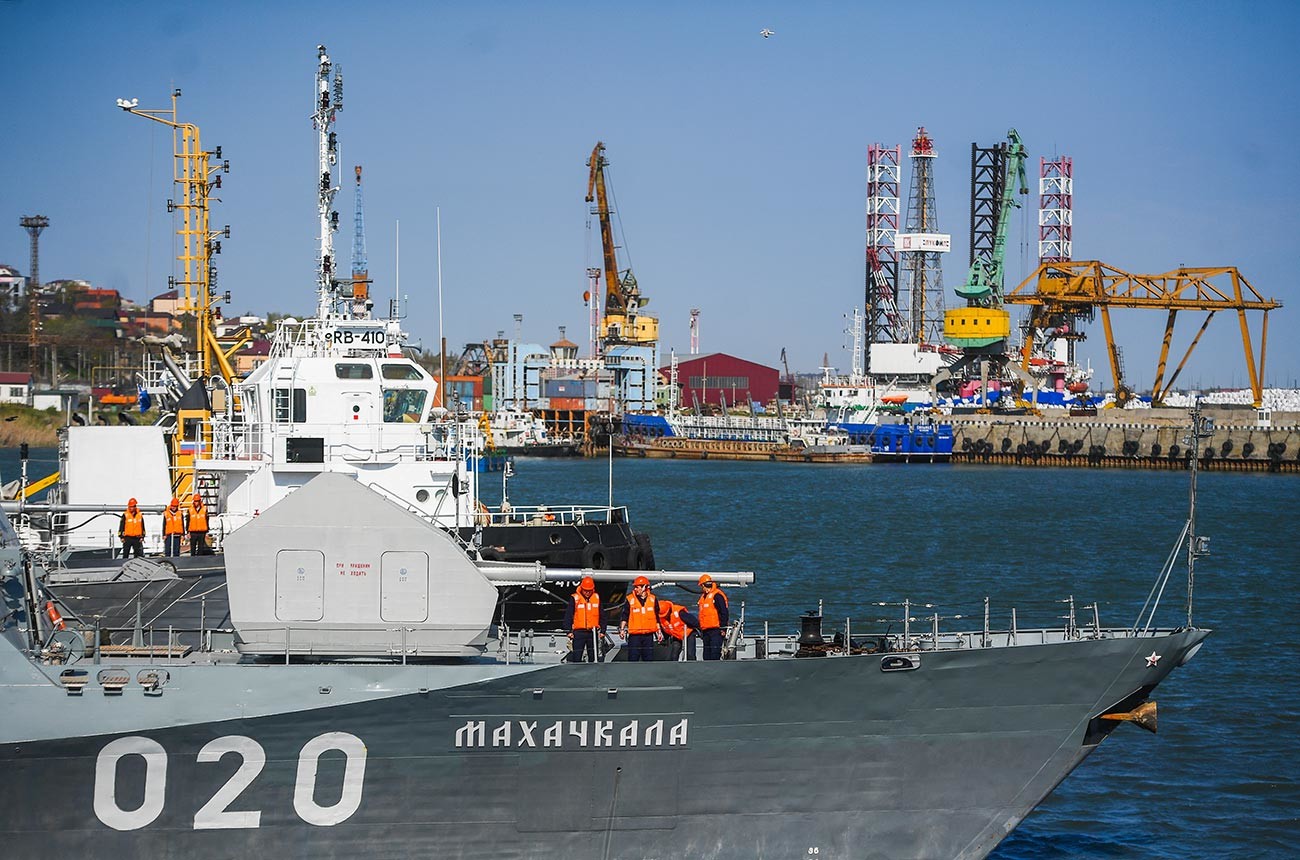
The capital of the Republic of Dagestan is the largest city in the Russian North Caucasus and Russia’s only ice-free port on the Caspian Sea. The port was built in the second half of the 19th century. It has a large dry cargo harbor, a railway crossing and a modern high-tech oil harbor. In addition, Makhachkala is home to one of the bases of the Caspian Flotilla of the Russian Navy.
10. Sevastopol

Modern Sevastopol was founded by decree of Catherine the Great in 1783, immediately after Crimea became part of the Russian Empire. In the early 19th century, Sevastopol became the main Black Sea port of the Russian Empire. This city of military glory, which was a battlefield in a number of wars, is now the main naval base of the Russian Black Sea Fleet. In addition to the military base, the ice-free Sevastopol Bay has a large industrial port, through which deliveries of fish, oil, metals and various other products are carried out.
If using any of Russia Beyond's content, partly or in full, always provide an active hyperlink to the original material.
Subscribe
to our newsletter!
Get the week's best stories straight to your inbox